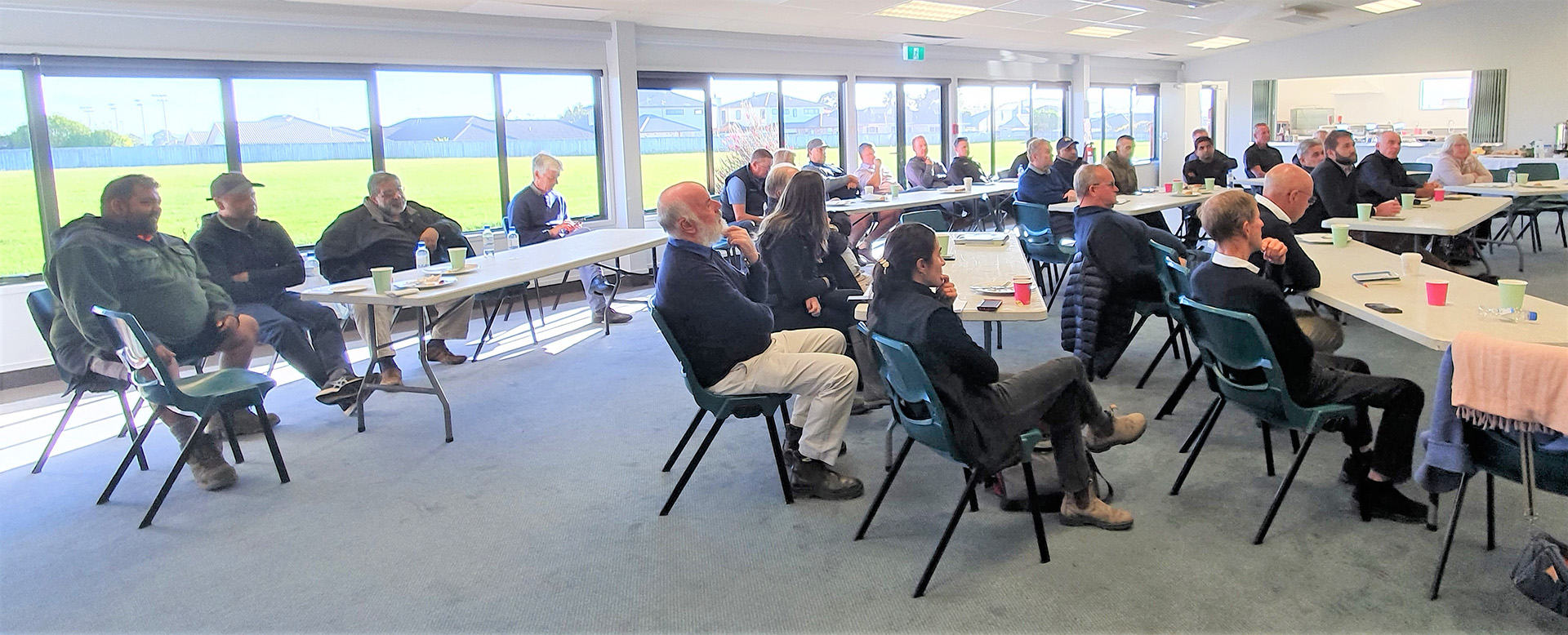Enhancing crop protection through beneficial insects and changes to physical on-farm practices were discussion points of a recent visit by integrated pest management (IPM) expert Dr Paul Horne.
A well-respected Australian entomologist, Paul Horne’s visit to New Zealand in March was sponsored by Potatoes NZ and Onsite. It included grower events in Canterbury and Pukekohe as well as a quick visit to the Pukekohe demonstration farm, an Onions NZ-Vegetables NZ-A Lighter Touch extension tool.
Paul spoke about the importance of targeted chemical use, given the negative impact insecticides and some fungicides can have on insects beneficial to crops. He discussed what growers could do to help build and maintain those beneficial insects, in and around a crop, in order to use them as effectively as possible, for as long as possible.
For growers it was about considering what naturally occurring beneficial insects were available to them to help control the pest they were targeting. The next step was looking at how those beneficials could be provided with shelter, and a food source to help maintain their numbers. Then looking at the available agrichemicals, and excluding those that were going to be damaging to the beneficial insects they wanted to maintain. This helped identify what an IPM compatible spray programme could look like.
He emphasized the importance of stopping use of all broad-spectrum insecticides as well as reducing selected insecticide use, based on their impact on beneficial insects a grower was wanting to encourage. A product could be IPM-friendly, but it may not be suitable for use on a particular crop depending on the beneficial insects being targeted.
About 100 growers and industry people attended the series of events. While the focus of Paul’s visit was on giving potato growers more tools in their IPM toolbox, the discussion naturally evolved from IPM management in tubers to other crops such as brassicas, carrots and onions, illustrating the pan-sector benefits of this approach to crop protection.
If you are interested in reading more of this type of content, subscribe to our newsletter In Touch by clicking this link.
